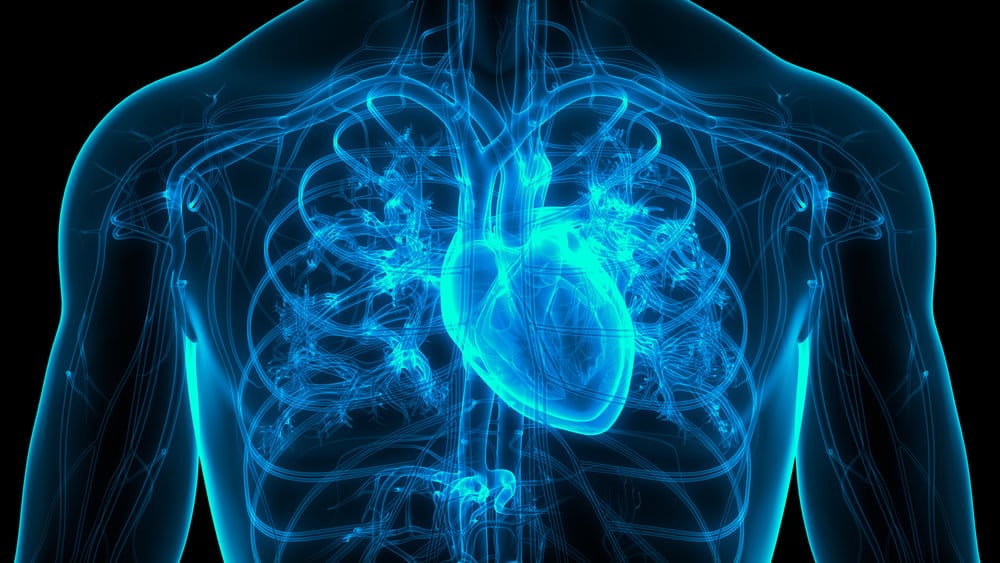
John is a busy 58-year-old accountant who, during the previous week, had been feeling more tired than usual but thought he might be coming down with some sort of virus; however, the usual symptoms of a cold such as nasal congestion or sore throat did not develop. It had been a few years since he had seen his doctor, who had told him he had hypertension. He was started on an antihypertensive medication at that time and told to lose weight. John took the medication until the prescription expired but didn’t return for follow up.
While drinking coffee on his way to work, he dropped the cup and spilled hot coffee on his leg. He was reluctant to go to the hospital to be assessed as it was tax season. Being an accountant, this was his busiest time of year. When he arrived at work, he told a coworker what had happened. His coworker noticed his speech was abnormal and called 911. John was unaware he had experienced a stroke.
On assessment, he was alert but had garbled speech, a right-sided facial droop, and weakness of his right hand. His respiratory rate was 18 with normal effort and he had an O₂ sat of 97% on room air. He was found to have an irregularly irregular pulse with an elevated pulse of 144 beats per minute. His blood pressure was elevated at 178/106. He was afebrile. His lung sounds were clear and equal bilaterally. There was minimal ankle edema bilaterally with no calf tenderness.
The rhythm strip on cardiac monitoring showed atrial fibrillation with an abnormally high ventricular rate of 144. This was confirmed on arrival to the ED with 12 lead ECG which also showed no evidence of MI but did indicate the presence of left ventricular hypertrophy. Initial lab work was normal. The CXR was normal except for cardiomegaly.
A non-contrast head CT was done quickly after arrival to hospital, which showed no evidence of intracranial bleeding. John’s wife was able to confirm that he was talking normally and able to use his right hand to eat breakfast before he left for work that morning. This indicated that the stroke had occurred within the previous hour. Protocols indicate that thrombolytic therapy must be started within 4.5 hours of stroke onset. Therefore, an IV injection of recombinant tissue plasminogen activator (TPA) was started.
Atrial fibrillation describes a condition where the atria no longer contract in a rhythmic fashion but rather quiver or fibrillate. Some of these electrical impulses reach the ventricles in an irregular manner. Not only is the ventricular rhythm irregular it is irregularly irregular, meaning there is no pattern to the irregular contractions. This is a hallmark physical finding in atrial fibrillation.
Many patients with this condition are not aware that their pulse is no longer regular. They may be fairly asymptomatic or experience dyspnea, dizziness, chest pain, or fatigue. Therefore, some may not seek care until they have had the condition for several days or weeks.
In addition to affecting the pumping ability of the heart, this condition also increases the risk for clots to develop in the atria. Most often this is in the left atria. Clots then can break off and travel into the systemic circulation most often to the brain causing an embolic stroke.
Common risk factors for atrial fibrillation include hypertension, coronary artery disease, valve disease, diabetes, obesity, sleep apnea, and heart failure.
Sometimes, a stroke patient may not realize they have had a stroke and tend to neglect the affected side. This is why reports from family or coworkers can assist in determining the time of onset. In cases where a patient awakens with a stroke, after a full night of sleep, it is assumed that it occurred outside the 4.5 hour window of treatment. However, they still need to be transported to the hospital for further assessment and management, even though they will not be candidates for treatment with TPA.
While drinking coffee on his way to work, he dropped the cup and spilled hot coffee on his leg. He was reluctant to go to the hospital to be assessed as it was tax season. Being an accountant, this was his busiest time of year. When he arrived at work, he told a coworker what had happened. His coworker noticed his speech was abnormal and called 911. John was unaware he had experienced a stroke.
On assessment, he was alert but had garbled speech, a right-sided facial droop, and weakness of his right hand. His respiratory rate was 18 with normal effort and he had an O₂ sat of 97% on room air. He was found to have an irregularly irregular pulse with an elevated pulse of 144 beats per minute. His blood pressure was elevated at 178/106. He was afebrile. His lung sounds were clear and equal bilaterally. There was minimal ankle edema bilaterally with no calf tenderness.
The rhythm strip on cardiac monitoring showed atrial fibrillation with an abnormally high ventricular rate of 144. This was confirmed on arrival to the ED with 12 lead ECG which also showed no evidence of MI but did indicate the presence of left ventricular hypertrophy. Initial lab work was normal. The CXR was normal except for cardiomegaly.
A non-contrast head CT was done quickly after arrival to hospital, which showed no evidence of intracranial bleeding. John’s wife was able to confirm that he was talking normally and able to use his right hand to eat breakfast before he left for work that morning. This indicated that the stroke had occurred within the previous hour. Protocols indicate that thrombolytic therapy must be started within 4.5 hours of stroke onset. Therefore, an IV injection of recombinant tissue plasminogen activator (TPA) was started.
Atrial fibrillation describes a condition where the atria no longer contract in a rhythmic fashion but rather quiver or fibrillate. Some of these electrical impulses reach the ventricles in an irregular manner. Not only is the ventricular rhythm irregular it is irregularly irregular, meaning there is no pattern to the irregular contractions. This is a hallmark physical finding in atrial fibrillation.
Many patients with this condition are not aware that their pulse is no longer regular. They may be fairly asymptomatic or experience dyspnea, dizziness, chest pain, or fatigue. Therefore, some may not seek care until they have had the condition for several days or weeks.
In addition to affecting the pumping ability of the heart, this condition also increases the risk for clots to develop in the atria. Most often this is in the left atria. Clots then can break off and travel into the systemic circulation most often to the brain causing an embolic stroke.
Common risk factors for atrial fibrillation include hypertension, coronary artery disease, valve disease, diabetes, obesity, sleep apnea, and heart failure.
Sometimes, a stroke patient may not realize they have had a stroke and tend to neglect the affected side. This is why reports from family or coworkers can assist in determining the time of onset. In cases where a patient awakens with a stroke, after a full night of sleep, it is assumed that it occurred outside the 4.5 hour window of treatment. However, they still need to be transported to the hospital for further assessment and management, even though they will not be candidates for treatment with TPA.


